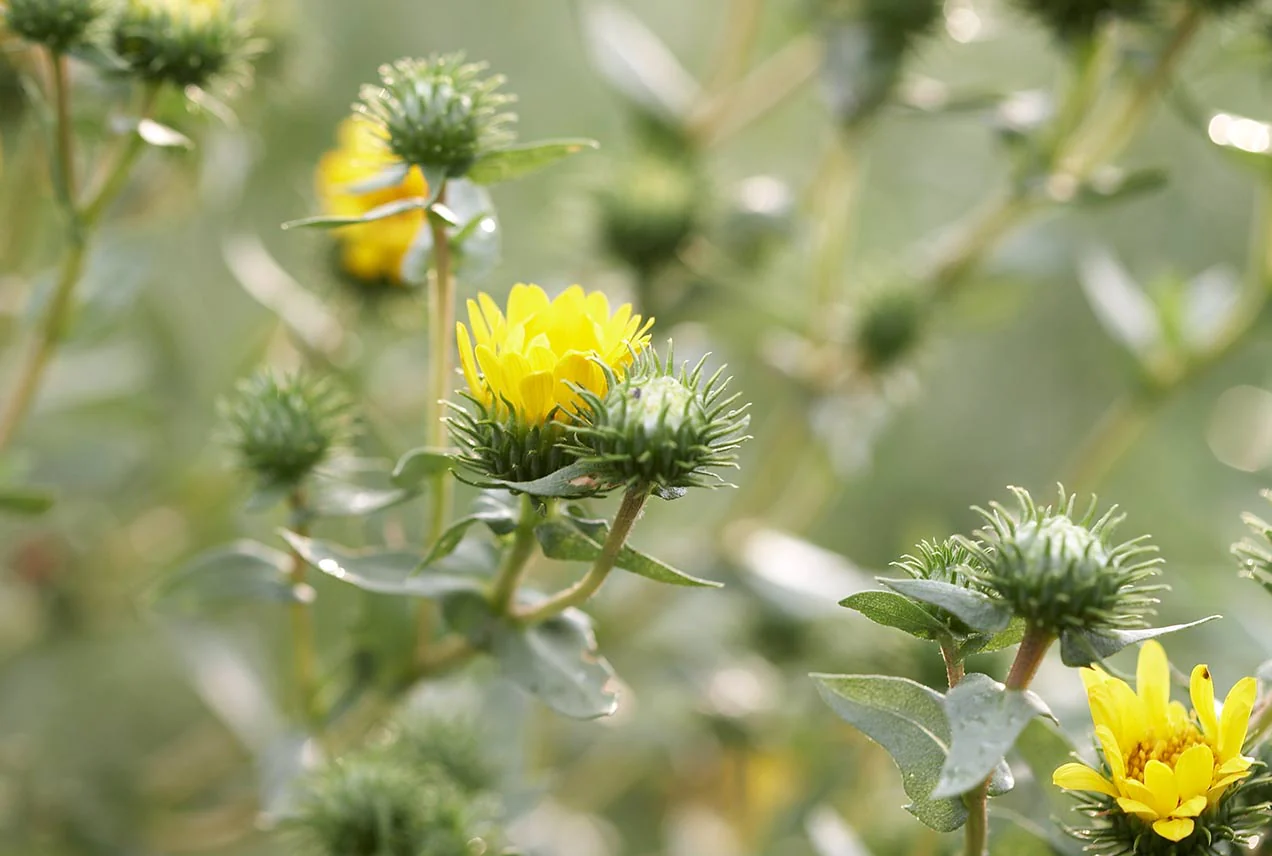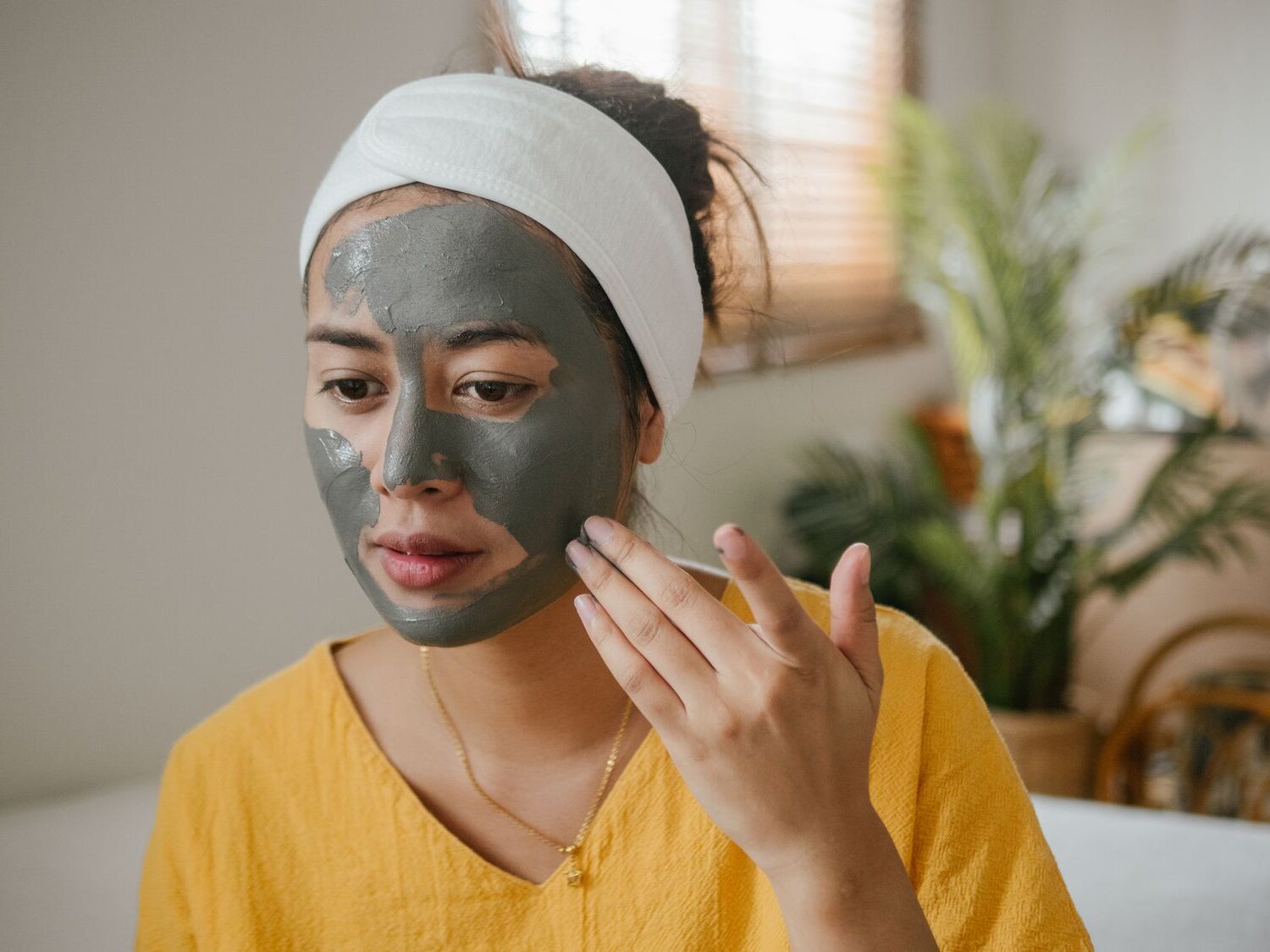
Grindelia, also known as gumweed, is a fascinating plant that belongs to the Asteraceae family. This unique plant is native to North and South America and is widely recognized for its medicinal properties. While many might not be familiar with Grindelia, it has a variety of incredible and sometimes unbelievable facts that make it an intriguing subject of study.
In this article, we will explore fifteen unbelievable facts about Grindelia, shedding light on its history, uses, and some little-known aspects about this remarkable plant. From its ability to soothe respiratory issues to its role in Native American medicine, Grindelia has a rich and intriguing story to tell.
So, let’s dive into the world of Grindelia and discover the astonishing facts that make this plant truly remarkable!
Key Takeaways:
- Grindelia, also known as gumweed, has been used for centuries in traditional medicine to treat respiratory conditions and skin ailments, and it attracts beneficial insects like bees and butterflies.
- Grindelia’s unique properties make it a versatile plant, suitable for natural dyes, biomass crop potential, and as an ingredient in herbal tea blends. It also has a fascinating folkloric history and a distinct herbal fragrance.
Grindelia has been used medicinally for centuries.
Known for its therapeutic properties, Grindelia has a long history of use in traditional medicine. Native Americans used it to alleviate respiratory conditions, such as asthma and bronchitis, thanks to its expectorant and anti-inflammatory properties.
The plant is rich in resinous compounds.
One of the unique characteristics of Grindelia is its abundance of resinous substances. These compounds give the plant its sticky texture and contribute to its medicinal and healing properties.
Grindelia possesses antimicrobial properties.
Studies have shown that Grindelia extracts exhibit significant antimicrobial activity against various pathogens, including bacteria and fungi. This makes it a potential candidate for the development of natural antimicrobial agents.
It has been traditionally used to treat skin conditions.
Due to its anti-inflammatory and antiseptic properties, Grindelia has been used topically to treat a range of skin ailments, including rashes, eczema, and insect bites.
Grindelia flowers attract beneficial insects.
The vibrant yellow flowers of Grindelia are not only visually appealing but also attract beneficial insects like bees and butterflies. This feature makes it a valuable addition to pollinator gardens.
It thrives in arid and coastal environments.
Grindelia is well-suited for dry and coastal habitats, where it can tolerate saline and sandy soils. This adaptability makes it an excellent choice for landscaping in challenging environments.
Grindelia is a source of natural dyes.
The flowers and leaves of Grindelia can be used to produce natural dyes in shades of yellow and green. This eco-friendly alternative to synthetic dyes is gaining popularity among artisans and textile enthusiasts.
It has a unique fragrance.
The leaves and stems of Grindelia emit a distinct aroma, often described as herbal and resinous. This fragrance adds to its charm and makes it a pleasant addition to gardens and natural landscapes.
Grindelia has potential as a biomass crop.
Due to its rapid growth and high biomass production, Grindelia has the potential to be cultivated as a sustainable bioenergy crop. Its ability to thrive in challenging environments further increases its appeal as an energy resource.
The plant has been used in traditional smoking blends.
Some Native American tribes incorporated Grindelia into their smoking blends, believing it had calming and relaxing effects. However, it is essential to note that smoking any plant material can have adverse health effects.
Grindelia has been studied for its anti-anxiety effects.
Recent research has explored the potential anxiolytic properties of Grindelia. Preliminary studies suggest that it may have calming effects on the central nervous system, but further research is needed to confirm its efficacy.
It is a popular ingredient in natural cosmetics.
Thanks to its anti-inflammatory and soothing properties, Grindelia is frequently used in natural skincare products. It can help calm irritated skin and promote a healthy complexion.
Grindelia has a fascinating folkloric history.
Throughout history, Grindelia has been associated with various folkloric beliefs and traditions. In some cultures, it was believed to ward off evil spirits, while in others, it was used to bring good luck and protection.
It is an excellent addition to herbal tea blends.
The dried leaves and flowers of Grindelia can be brewed to create a flavorful and aromatic herbal tea. It is often combined with other herbs to enhance its taste and therapeutic benefits.
Grindelia is easy to grow in home gardens.
Whether you have a green thumb or are new to gardening, Grindelia is a great plant to consider for your home garden. With proper care and suitable growing conditions, you can enjoy its beautiful flowers and reap its medicinal benefits.
These 15 unbelievable facts about Grindelia highlight the remarkable qualities and versatility of this fascinating plant. From its medicinal applications to its role in attracting beneficial insects, Grindelia is truly a plant worth exploring and appreciating.
Conclusion
In conclusion, Grindelia is truly an incredible and versatile plant with a wide range of benefits. From its healing properties to its ability to attract pollinators, it is no wonder that Grindelia has captured the attention of botanists and nature enthusiasts alike. Whether you are looking to soothe a cough or simply enjoy the beauty of its golden flowers, Grindelia is sure to impress. So next time you come across this remarkable plant, take a moment to appreciate all the unbelievable facts and wonders it has to offer.
FAQs
Q: What is Grindelia?
A: Grindelia is a genus of flowering plants that belong to the Asteraceae family. It is commonly known as gumweed due to its sticky and resinous leaves and stems.
Q: Where does Grindelia grow?
A: Grindelia can be found in various regions across North and South America, including the United States, Mexico, and Argentina. It typically thrives in dry and sunny habitats such as prairies, meadows, and coastal areas.
Q: How is Grindelia used medicinally?
A: Grindelia has been used medicinally for centuries. It is known for its anti-inflammatory, expectorant, and antispasmodic properties. It is commonly used to treat respiratory conditions such as coughs, bronchitis, and asthma.
Q: Can Grindelia be used topically?
A: Yes, Grindelia can be used topically. Its leaves and stems contain resinous substances that can be made into creams or ointments. Topical application of Grindelia can help soothe skin irritations, rashes, and insect bites.
Q: Does Grindelia have any environmental benefits?
A: Yes, Grindelia plays a crucial role in the environment. Its vibrant flowers attract pollinators such as bees and butterflies, contributing to the pollination process. Additionally, its foliage provides shelter for small insects and animals.
Q: Is Grindelia easy to grow?
A: Grindelia can be relatively easy to grow, especially in well-drained soil and full sunlight. It is a hardy plant that can withstand drought conditions, making it suitable for xeriscaping and low-maintenance gardens.
Q: Can Grindelia be consumed by humans?
A: While Grindelia has been used medicinally for internal use, it is important to consult with a healthcare professional before consuming it. Some species of Grindelia may have side effects or interactions with certain medications.
Grindelia's medicinal properties are just the beginning of its fascinating story. Dive deeper into respiratory health with 23 great facts about lungs, or explore the world of anti-inflammatory treatments through 9 essential facts about NSAIDs. For those curious about alternative remedies, 11 must-know facts about herbal medicines await.
Was this page helpful?
Our commitment to delivering trustworthy and engaging content is at the heart of what we do. Each fact on our site is contributed by real users like you, bringing a wealth of diverse insights and information. To ensure the highest standards of accuracy and reliability, our dedicated editors meticulously review each submission. This process guarantees that the facts we share are not only fascinating but also credible. Trust in our commitment to quality and authenticity as you explore and learn with us.


